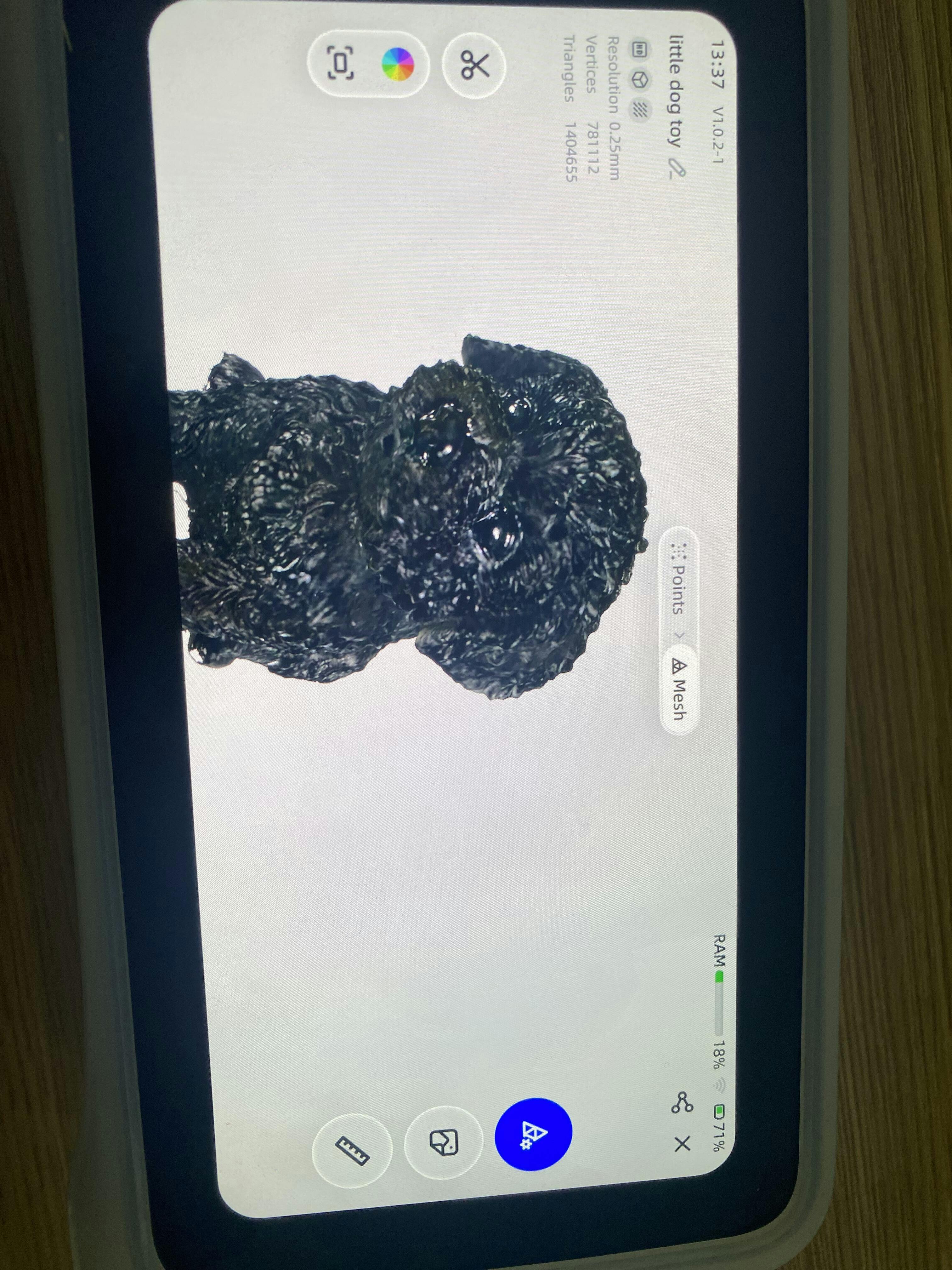Understanding Handheld 3D Scanners
Handheld 3D scanners represent a significant advancement in the realm of digital modelling, allowing users to effortlessly capture three-dimensional objects with remarkable precision. These sophisticated devices are utilised across various fields, including engineering, architecture, and art restoration, enabling professionals to create highly accurate digital replicas. The ease of portability provided by handheld models facilitates on-site scanning, thus offering unmatched convenience. With a wide array of applications, from product design to historical preservation, the value of a quality handheld 3d scanner cannot be overstated. Users have reported increased efficiency in workflow, as these devices significantly reduce the time needed for capturing complex shapes compared to traditional methods. Furthermore, advancements in technology ensure that modern handheld 3D scanners are equipped with user-friendly interfaces, making them accessible even to those without extensive technical knowledge.

The Benefits of All-in-One Scanners
In the domain of 3D scanning, an all in one scanner stands out as an exemplary choice for professionals seeking versatility. These scanners combine multiple functionalities including scanning, data processing, and sometimes even printing, into a single device. Such integration significantly streamlines the workflow, allowing users to transition from scanning to creating digital assets with remarkable ease. This all-in-one approach can prove especially beneficial for those engaged in design projects that demand quick iterations and revisions. Moreover, the reduction in equipment clutter enables a more organised workspace, further enhancing productivity. Users often express appreciation for their compact nature, making transportation simpler and reducing the risk of equipment damage. The cost-effectiveness of employing a multifunctional scanner cannot be overlooked, as it mitigates the necessity to invest in several pieces of equipment, thereby offering financial savings alongside practical advantages.
The Role of 3D Scanning Equipment
Investing in reliable 3d scanning equipment is crucial for achieving superior results in various industries. Professionals, whether in manufacturing or the creative arts, depend on precise measurements and replicas that only high-quality scanning equipment can provide. The process of capturing a physical object into a digital format allows for endless possibilities in refinement, simulation, and virtual representation. Key features to look for in 3D scanning equipment include high resolution, ease of use, and comprehensive compatibility with design software. Many users value the instant feedback provided by these devices, as it enables real-time adjustments and faster turnaround times. Furthermore, the modern advancements in scanning technology have paved the way for increased accuracy and efficiency, making it easier for professionals to meet rigorous standards. The utility of 3D scanning equipment extends beyond mere documentation; it empowers users to innovate and push creative boundaries across numerous disciplines.

Conclusion and Recommendation
In summary, the benefits of employing a handheld 3d scanner and its all-in-one variants in the realm of 3D scanning are clear. These devices not only enhance efficiency but also expand creative possibilities across various applications. When considering the purchase of such technology, one should look no further than EINSTAR. This brand is renowned for its supply advantages and exceptional product quality, ensuring users receive the best value for their investment. With EINSTAR’s advanced offerings, professionals can elevate their work and achieve impressive results in their respective fields.

